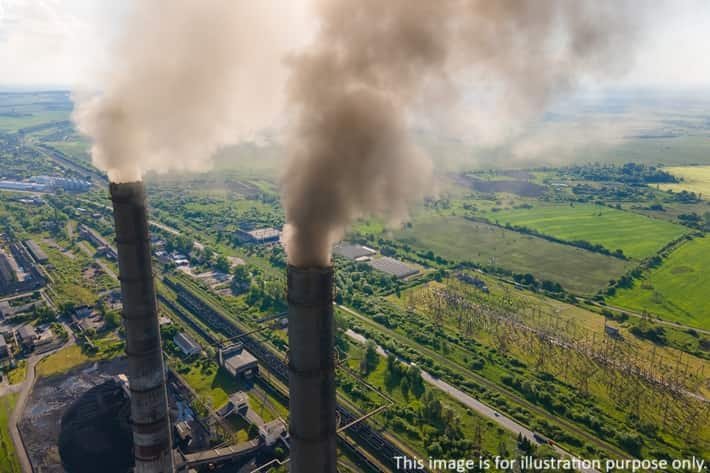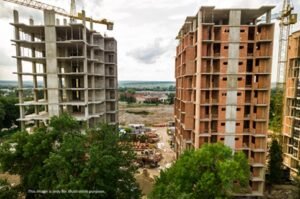Residents residing near the Dr. Narla Tata Rao Thermal Power Station (NTTPS) in Ibrahimpatnam mandal of NTR district, Andhra Pradesh, are voicing their distress over escalating levels of air and water pollution attributed to the emission of fly ash from the power plant.
For the past ten days, inhabitants of Kondapalli, Ibrahimpatnam, Guntupalli, and neighboring areas have been rallying against what they perceive as negligence from officials in addressing their environmental concerns. Despite submitting numerous pleas, they feel their plight remains unacknowledged.
Complaints revolve around a recent deterioration in air quality and instances of water contamination, raising alarms among the populace. Kondapalli, in particular, is severely impacted by coal ash pollution emanating from the power facility. Villagers report the pervasive presence of ash in the air, river water, and underground reservoirs.
Karri Naveen, a resident of Kondapalli, lamented, “We wake up to find a thick layer of fly ash accumulated on our vehicles every morning. It’s become a distressing routine, and we feel utterly powerless.”
The NTTPS, operated by the Andhra Pradesh Generation Company Limited (APGENCO), traditionally disposes of fly ash, a byproduct of coal combustion, in an ash pond near Kottur village. However, accumulations over the years in other locations continue to pose a threat to the health and water sources of nearby communities.
The plant’s emissions contribute to air pollution through various channels: ash release from chimneys, dry ash blowing from ponds carried by the wind, and ash dispersion from uncovered transportation trucks. This airborne ash settles on residences and agricultural lands, contaminating both air and groundwater.
Imran, a resident of Ibrahimpatnam, highlighted concerns over water quality, stating, “Samples collected from the area failed to meet drinking water standards due to elevated levels of heavy metals such as arsenic, aluminum, magnesium, manganese, mercury, iron, molybdenum, lithium, and fluoride. To safeguard our health, we’re compelled to resort to purchasing bottled water.”
Local demands include the efficient transportation and isolation of fly ash to mitigate groundwater pollution risks.
Responding to these concerns, Dr. NTTPS Chief Engineer Naveen Gautam assured the public that measures are being implemented to curb fly ash pollution in the air and water. He outlined ongoing efforts to transport fly ash to designated ponds and to support units manufacturing bricks from fly ash.
Gautam acknowledged the need for repairs and upgrades to the electrostatic precipitators (ESPs), essential in filtering fine particles from exhaust gases. He attributed the delays to increased demands on the plant following the failure of the Srisailam hydro power plant due to inadequate rainfall the previous year. Budget allocations have been made for the necessary renovations, expected to conclude within six months.
In conclusion, while efforts are underway to address the environmental concerns stemming from fly ash emissions, residents in the vicinity of NTTPS continue to grapple with the immediate effects of air and water pollution. The resolution of these issues remains a pressing priority for both the community and the authorities involved.




